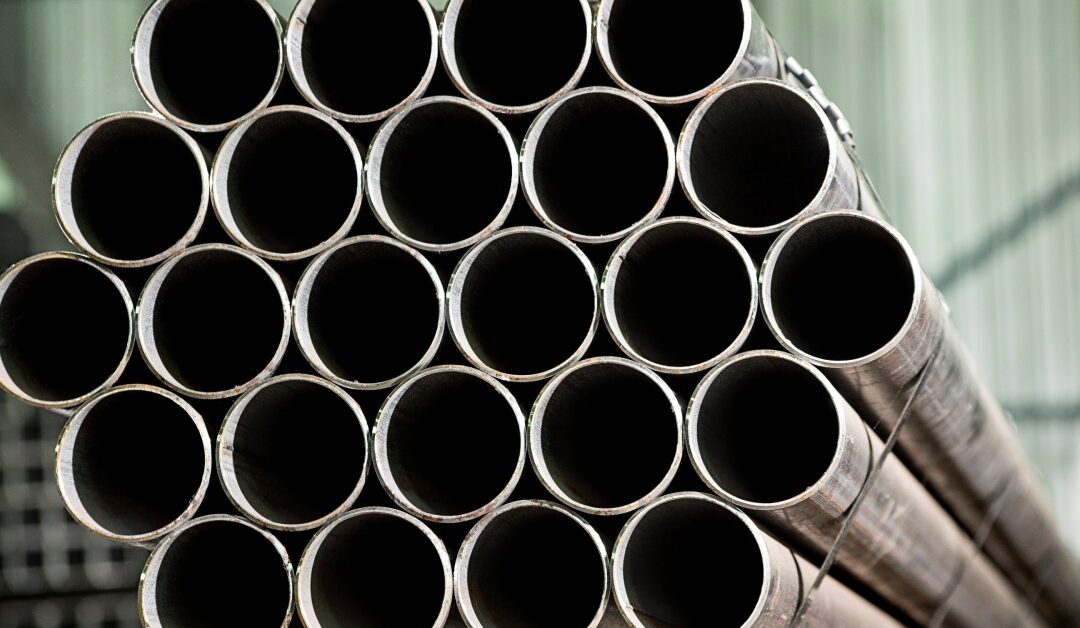Knowing the differences between metal products is necessary to achieve efficiency and quality. Today, we’ll clarify what distinguishes tube and hollow bar metals. Though often confused, each has unique traits that affect your projects.
Defining Tube and Hollow Bar
Let’s start by defining these two types of metals. A metal tube is essentially a long, hollow cylinder, often used in applications that require structural integrity. Tubes typically have consistent thickness around their circumference and are employed in scenarios like plumbing, automotive industries, and construction projects.
On the other hand, hollow bar metal is also a cylindrical shape, but with a thicker wall compared to tubes. This extra material provides the strength needed for more demanding applications. Hollow bars are often used in manufacturing parts like bushings, sleeves, and hydraulic cylinders.
Material Composition and Manufacturing
The manufacturing process for tubes and hollow bars varies greatly. Tubes are made through extrusion, drawing, or welding, often starting as a flat metal piece rolled and welded into shape. This allows for high-volume, cost-efficient production and can create a smooth, seamless surface.
Hollow bars are typically cast using methods like continuous casting, which involves pulling molten metal through a die to create its solid shape. This produces a denser, more uniform material composition, much like the bronze casting alloy process. Because of this, hollow bars tend to be more robust and capable of withstanding higher stress levels.
Application Considerations
When deciding between a tube and a hollow bar, consider your project’s needs. If weight and cost matter, tubes provide a lightweight and economical option. Their uniform thickness suits general structural purposes with evenly distributed loads.
Hollow bars are perfect for applications that require enhanced strength and durability. Their thick walls withstand greater pressure, making them suitable for mechanical components and heavy machinery. If machining or further processing is required, hollow bars offer more material to work with. This provides both design and function flexibility.
Customizing for Your Needs
Customization is where the difference between tube and hollow bar metal again becomes apparent. Tubes are easily modified by adjusting diameter and wall thickness, catering to various uses. Conversely, hollow bars are more customizable regarding wall thickness and internal diameter, providing options customized to meet specific strength needs.
Quality and Supplier Reliability
Maintaining high metal product quality is a priority for any project. Partnering with a reliable supplier guarantees materials meet industry standards. Wieland Diversified supplies excellent metal products for multiple industrial purposes with integrity that you can depend on.
Understanding the difference between tube and hollow bar metal can enhance your projects. Selecting the right option allows you to prioritize cost efficiency or durable materials for heavy-duty tasks. When deciding, consider the manufacturing processes, application demands, and customization potential.

